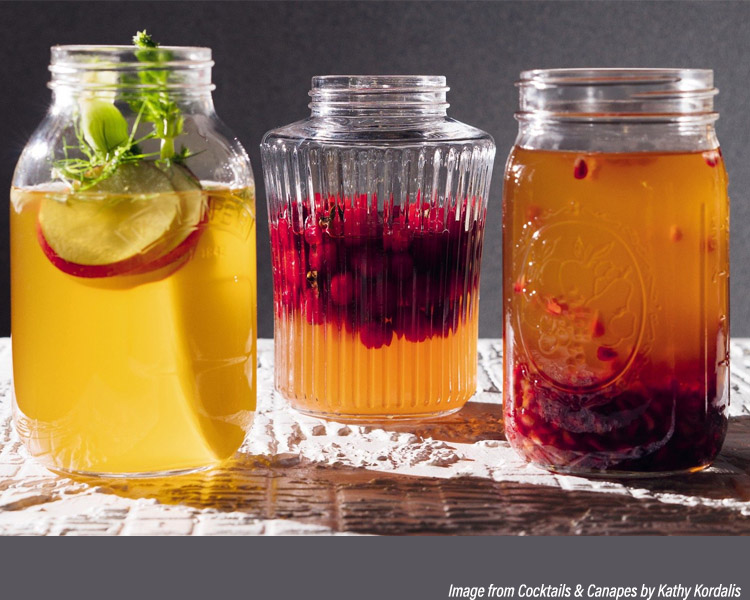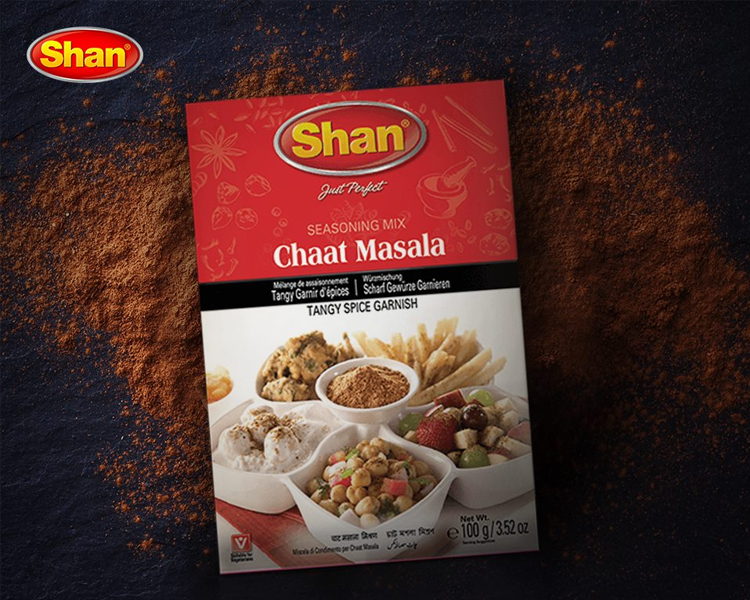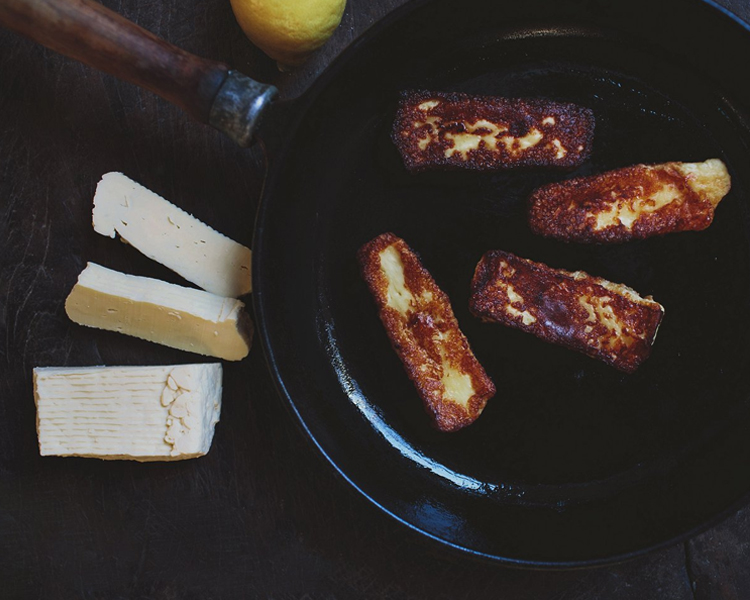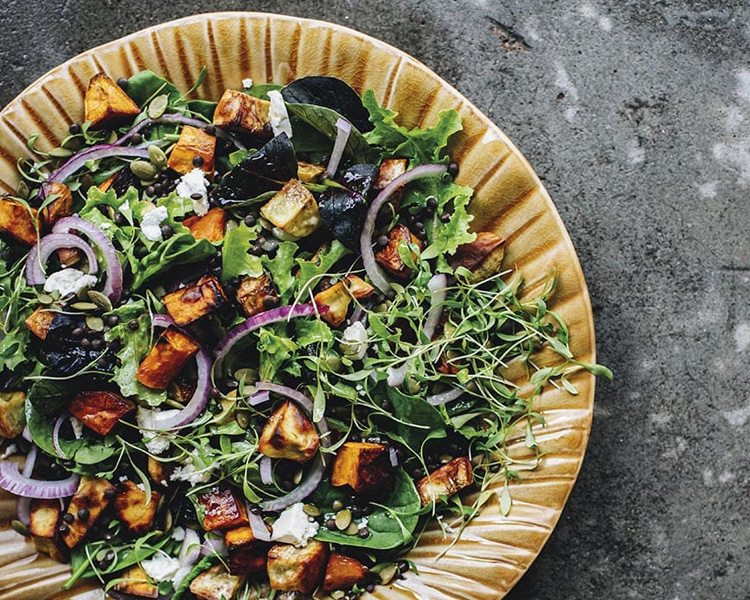A cocktail shrub, a.k.a a vinegar cordial, drinking vinegar or acidulated beverage, is a non-alcoholic syrup made of a combination of concentrated fruits, sugar, vinegar, and occasionally spices. This sweet, yet acidic mixer can be enjoyed on its own, with soda or tonic water, or as part of a cocktail.
The word shrub is derived from the Arabic word sharab, which means “to drink.” These syrups, common in colonial America, were used to make delightful drinks. Home shrub makers would combine fruit or juice with sugar and vinegar, let that mixture steep for a week or so, then mix the resulting syrup with cool water to create a refreshingly tart beverage.
The syrups were a common method of preserving fruit, but when industrially produced foods and at-home refrigeration became the norm, shrubs dropped off.
Now they’re back, trailing the cocktail revolution and adding a whole new world of flavor to cocktails and non-alcoholic drinks across the country. They have a dominant fruit flavor which brings a perfect balance of sweet and tart to drinks. The bright flavor of the fruit is balanced by the acidity of the vinegar, which works much like citrus in cocktails.
Don't be put off by the vinegar component though. The vinegar provides a distinct tangy bite that works wonderfully with the sweetness of fresh fruit. It cleanses the palate, quenches thirst, and is very refreshing. There are so many different flavors you can put into it, so it opens up a ton of possibilities.
Rhubarb and Hibiscus Shrub Recipe
1 cup Braggs Apple Cider Vinegar
1 cup granulated sugar
2 stalks of fresh rhubarb, cut into 1cm pieces
2 tbsp Tio Pablo dried hibiscus leaves
-
In a small saucepan, combine the vinegar and sugar and come to a boil over medium heat. Once boiling, turn heat down to low and add in the rhubarb.
-
Let simmer for 10 minutes or until the rhubarb has softened and is starting to break down. Turn off heat, add in the hibiscus leaves, cover, and let steep for 10 minutes.
-
Strain out the rhubarb and hibiscus leaves through a fine mesh strainer so that only the syrup remains (discard the solids).
-
Let the syrup cool completely and store it in an airtight container in the fridge.
-
When ready to drink, enjoy straight or add a few tablespoons to sparkling water or cocktails.











